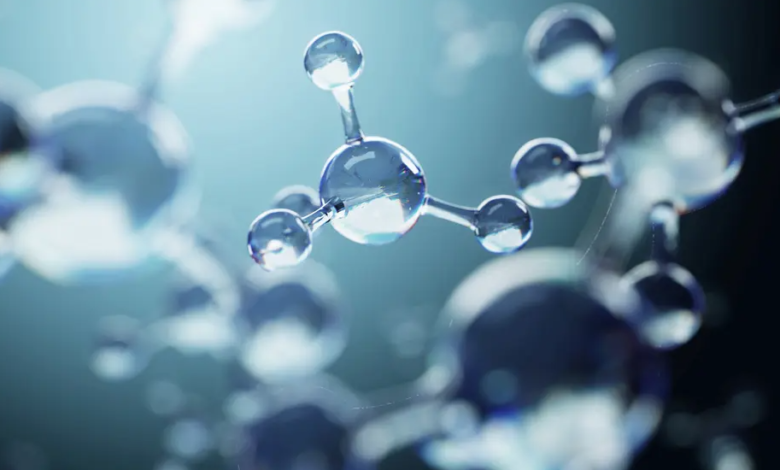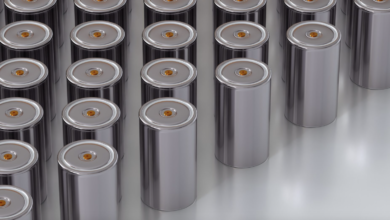Producing solar thermochemical hydrogen, from MIT a train of reactors
How to efficiently use the sun’s heat to divide water
(sustainabilityenvironment.com) – Solar energy can decarbonize hydrogen production in more ways than one. We can use the electricity generated by photovoltaic systems to power the electrolysis of water; or we can create special electrolyzers capable of directly converting sunlight into electricity which, then, breaks the bonds of H2O. But there is also a third way, that of solar thermochemical hydrogen: in this case, it is heat and not electricity to determines the production of the carrier.
To use the energy of the sun, it is necessary to concentrate the rays and thus reach high temperatures, a process that on paper promises almost the same sustainability as the previous ones. However, there is a major problem: on average the efficiency of this approach is about 7%. And the costs are too high.
Solar thermochemical hydrogen, towards new record yields
Drastically improving the production of solar thermochemical hydrogen could be the new conceptual reactor system created by MIT engineers. Professor Ahmed Ghoniem and researcher Aniket Patankar, together with a group of colleagues from different universities, have designed a plant that can increase the efficiency of the process by up to 40%.
At the basis of the system, there are steps already employed by other similar projects. Sunlight is concentrated through mirrors and directed to an absorber that transmits heat to water. When this evaporates, the steam is exposed, inside a reaction chamber, to a metal that absorbs oxygen, oxidizing. It is possible to collect the remaining hydrogen, while the oxidized metal is heated to reverse the process (reduction), then cooled and again exposed to steam.
One reactor train and two stations
As Jennifer Chu explains on MIT News, the team has built a kind of train of reactors that run on a circular track, with a concentrated solar tower in the center. Each reactor would house the metal mentioned above and would first pass through a “hot” station for metal reduction (1,500 degrees Celsius) and then into a more “cold” (1,000 degrees Celsius) for its oxidation and subsequent production of solar thermochemical hydrogen.
The MIT project also incorporates several alternative energy-saving solutions. “To recover most of the heat that would otherwise escape from the system, reactors on opposite sides of the circular path can exchange heat through thermal radiation,” writes Chu. “Hot reactors are cooled while cold reactors are heated. This keeps the heat inside the system. The researchers also added a second series of reactors that would circulate the first train, moving in the opposite direction. This external train of reactors would operate at generally colder temperatures and would be used to evacuate oxygen from the warmer inner train, without the need for energy-consuming mechanical pumps”.
The research was published in Solar Energy Journal.






